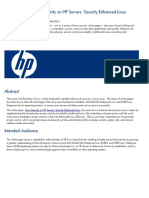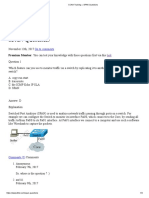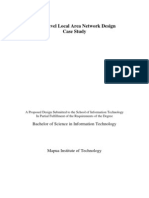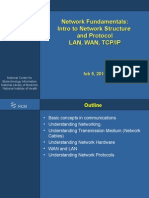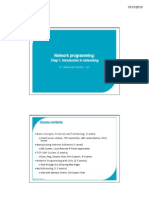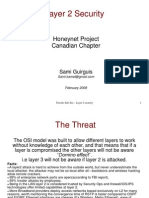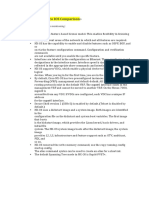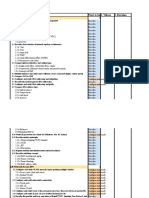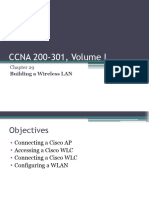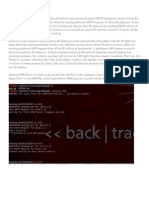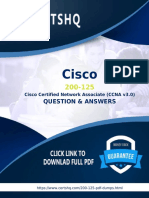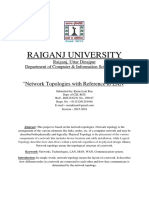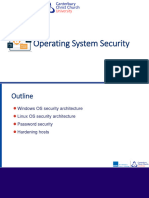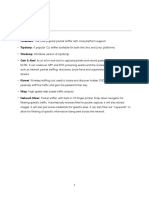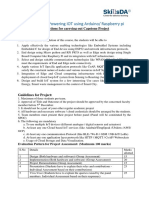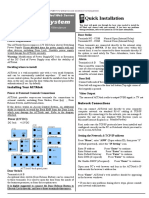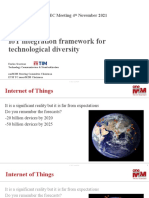100% found this document useful (1 vote)
195 views23 pages01 Introduction To Linux Host Security
This document provides an introduction to Linux host security. It begins by outlining the objectives of understanding IT security, common security threats, basic security architecture models, and Linux mechanisms for host security. It then discusses why it is important to protect systems, defines security, and introduces security architecture and the ISO security services model. The document outlines implementing security policies and lists guidelines for goals and policies. It also discusses security threats, system mechanisms in Linux for security features like user administration and access control, and sources of ongoing security information like mailing lists and websites. The key topics covered are identification and authentication, access control and authorization, system integrity, auditing, and intrusion management on Linux systems.
Uploaded by
Simona VintilaCopyright
© Attribution Non-Commercial (BY-NC)
We take content rights seriously. If you suspect this is your content, claim it here.
Available Formats
Download as PDF, TXT or read online on Scribd
100% found this document useful (1 vote)
195 views23 pages01 Introduction To Linux Host Security
This document provides an introduction to Linux host security. It begins by outlining the objectives of understanding IT security, common security threats, basic security architecture models, and Linux mechanisms for host security. It then discusses why it is important to protect systems, defines security, and introduces security architecture and the ISO security services model. The document outlines implementing security policies and lists guidelines for goals and policies. It also discusses security threats, system mechanisms in Linux for security features like user administration and access control, and sources of ongoing security information like mailing lists and websites. The key topics covered are identification and authentication, access control and authorization, system integrity, auditing, and intrusion management on Linux systems.
Uploaded by
Simona VintilaCopyright
© Attribution Non-Commercial (BY-NC)
We take content rights seriously. If you suspect this is your content, claim it here.
Available Formats
Download as PDF, TXT or read online on Scribd
/ 23
